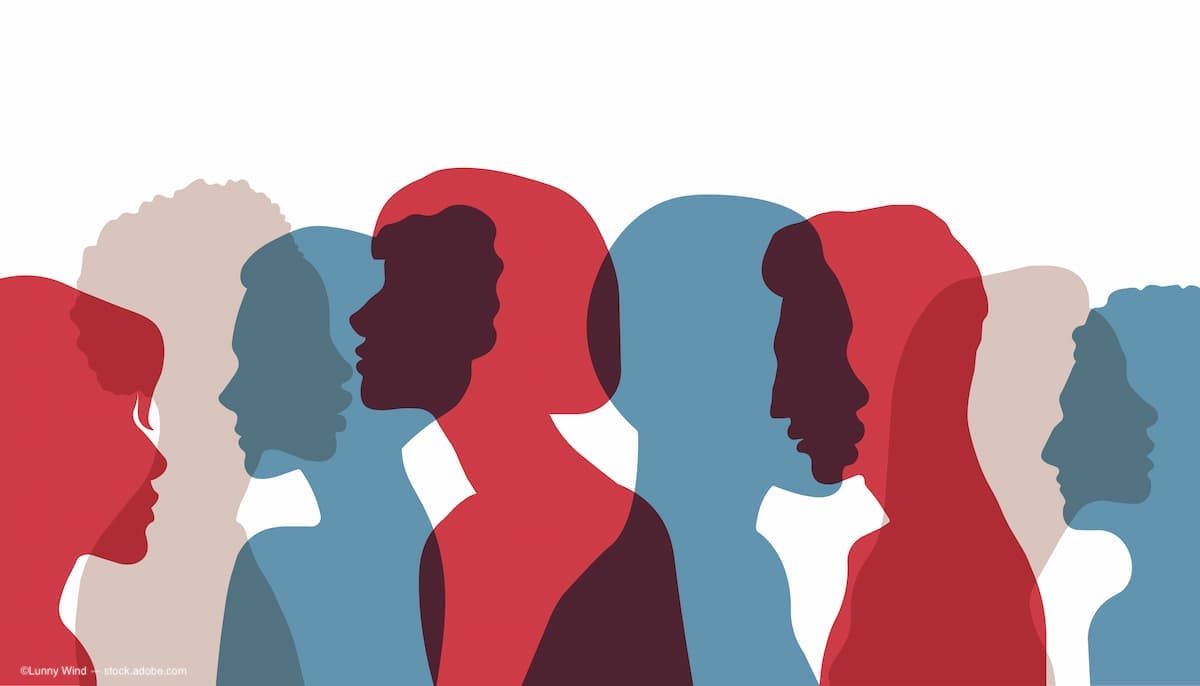- COVID-19
- Biosimilars
- Cataract Therapeutics
- DME
- Gene Therapy
- Workplace
- Ptosis
- Optic Relief
- Imaging
- Geographic Atrophy
- AMD
- Presbyopia
- Ocular Surface Disease
- Practice Management
- Pediatrics
- Surgery
- Therapeutics
- Optometry
- Retina
- Cataract
- Pharmacy
- IOL
- Dry Eye
- Understanding Antibiotic Resistance
- Refractive
- Cornea
- Glaucoma
- OCT
- Ocular Allergy
- Clinical Diagnosis
- Technology
Socioeconomic vulnerability impact on glaucoma status
(Image Credit: AdobeStock/Lunny Wind)

A team of researchers from Johns Hopkins University, Baltimore, underscored the negative impact of socioeconomic vulnerability on glaucoma status: that the structural and functional glaucoma severity is worse at baseline and the retinal nerve fiber layer (RNFL) worsens more over time. Louay Almidani, MD, MSc, a postdoctoral research fellow, presented the findings at the American Glaucoma Society annual meeting in Huntington Beach, CA.
Almidani described a retrospective longitudinal study of patients with diagnosed glaucoma and those who were glaucoma suspects that assessed the impact of living in particular neighborhoods on glaucoma progression based on the visual fields (VFs) and optical coherence tomography (OCT) findings.
The VFs were obtained from 7,897 eyes (4,482 patients), and OCT images were obtained from 6,271 eyes (3,976 patients). All eyes had been tested a minimum of 5 times during the follow-up using the Humphrey Field Analyzer or the Cirrus HD-OCT (Zeiss).
Almidani explained that the social vulnerability index (SVI),1 which measures neighborhood-level factors, was linked to patient addresses at the census tract level.
The glaucoma severity was defined based on the baseline mean deviation (MD) from the first recorded visit and the RNFL thickness, the rates of change of which were determined over time. The authors investigated the impact of the SVI on baseline, worsening, and variability in of the 2 parameters studied. In addition, they looked at the interaction of the SVI on the relationship between the intraocular pressure (IOP) with the MD and RNFL slopes, Dr. Almidani recounted.
The results indicated that worse “SVIs were associated significantly with worse baseline MD (β = -1.07 decibels [dB], 95% confidence interval [CI]: [-1.54, -0.60]), thicker baseline RNFL (β = 2.46 µm, 95% CI: [0.75, 4.17]), greater rates of RNFL loss (β = -0.12 µm, 95% CI: [-0.23, -0.02]), and greater VF variability (β = 0.16 dB, 95% CI: [0.07, 0.24]).”
Almidani reported that for each 1-mmHg increase in the mean IOP, adults with worse SVIs showed higher rates of RNFL loss than adults with better SVI (interaction β = -0.07, 95% CI: [-0.12, -0.02]).
The investigators drew the following conclusion: “Worse social vulnerability is associated with worse functional (VF) loss at baseline, higher rates of structural (OCT) worsening over time, higher VF variability, and a greater effect of IOP on RNFL loss.”
Reference:
Flanagan BE, Hallisey EJ, Adams E, Lavery A. Measuring community vulnerability to natural and anthropogenic hazards: The Centers for Disease Control and Prevention’s Social Vulnerability Index. J Environ Health. 2018;80:34-36.
